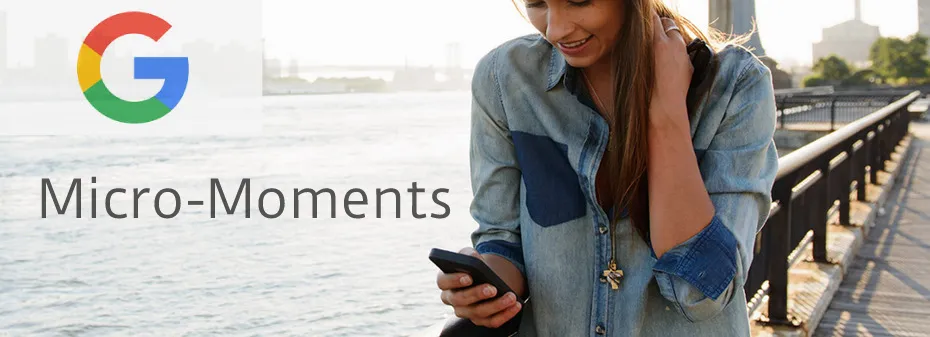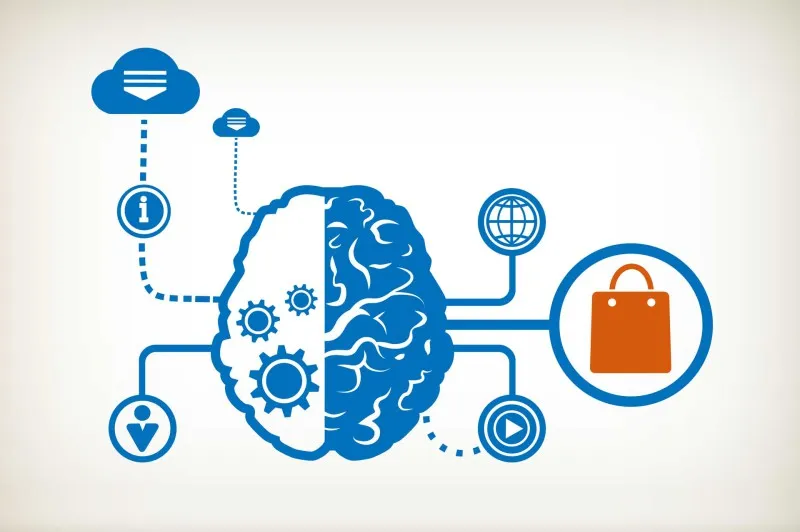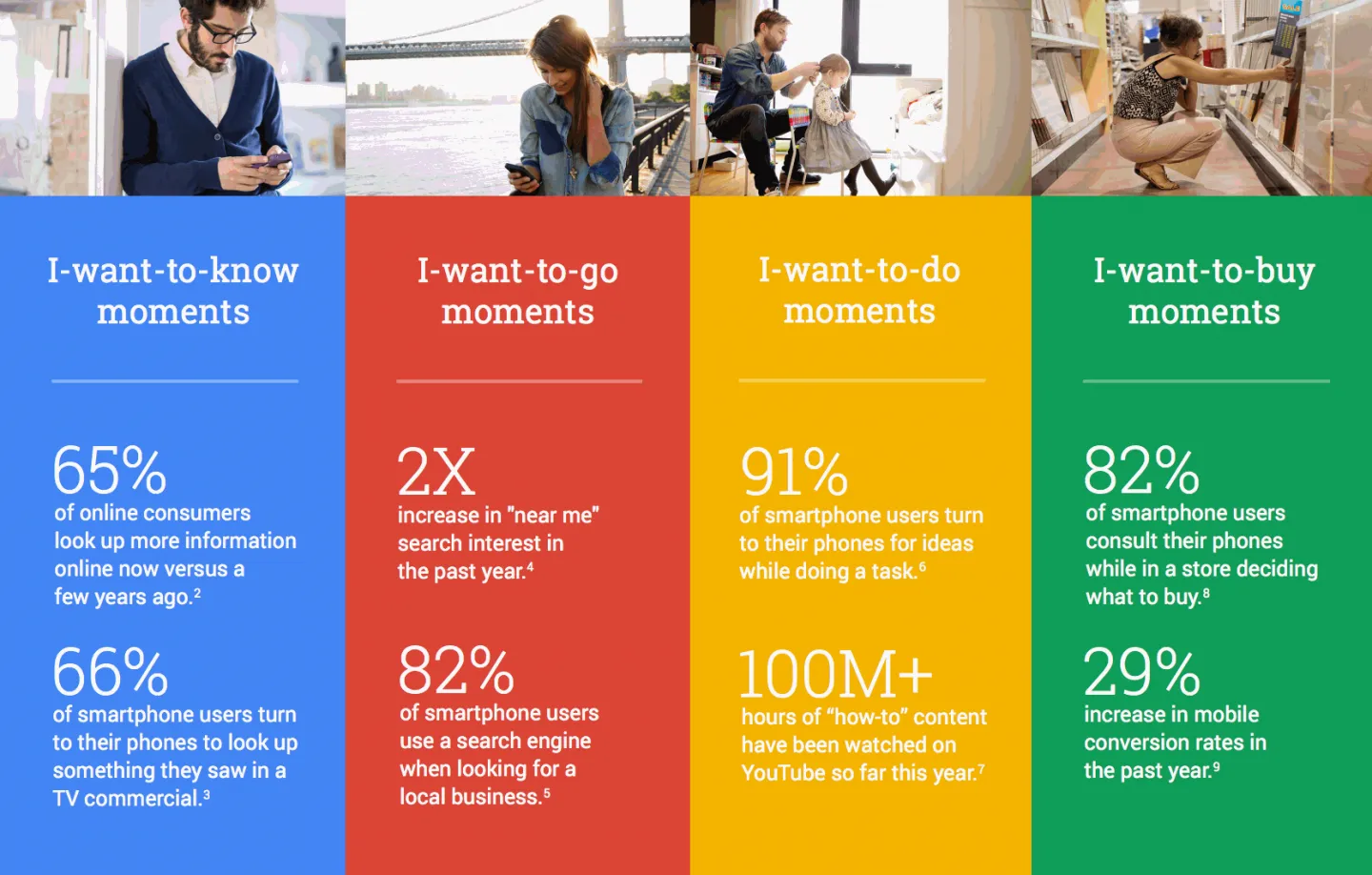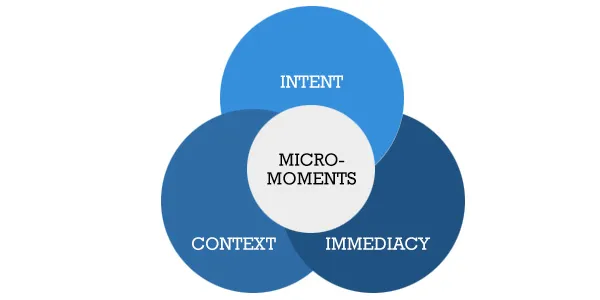
Google’s Micro-Moments: Attract New Customers Right Here and Now

If you rely only on demographic indicators in your calculations when promoting a product, you risk losing a lot of potential customers. Why? It's simple: dry statistics rarely show you the full picture. A more powerful (and important) factor in drafting a marketing strategy is the goals and intentions of your customers. In this
How Customers Make a Purchase Decision

We turn to mobile devices for any reason. To clarify how the word is spelled. To find out where else an actor has performed. To see where the price for this model is lower. The modern buyer does not need a long and thorough preparation for the purchase, postponing the decision for the evening or the following day - any information they need, they can get right here and right now. A lengthy web browsing session at the computer has been replaced by a series of short mobile sessions.
Each buyer interaction session with a mobile phone is a certain kind of micro-moment, and for each
How Brands Interact with Micro-Moments

Brand interaction with micro-moments means advertising in the right place at the right time, namely in the user's smartphone at the point when he or she is looking for information.
Thus, the correct advertising strategy for a brand in terms of micro-moments is made up of three factors:
- Presence - The brand should be within sight when the consumer needs it.
- Helpful information - In response to the request, the user must see the current offer and other useful content.
- Instant reaction - Nothing should stop the user from completing the purchase. An advertising campaign can’t be considered successful if at the end of the chain the user comes to a site not
optimised for their device.
Types of Micro-Moments and How to Work with Them: Presence and Useful Information

If your brand is within sight of the consumer and proves its usefulness, there is a high probability that the consumer will prefer it.
There are four kinds of micromotions, with a certain type of brand
1. "I want to know"
The very beginning of the chain that leads to buying. The consumer is not yet ready to purchase a product or service - he or she is just testing the water.
- Correct brand behavior: awaken curiosity, offer useful content, but do not impose a purchase.
2. "I want to go"
The consumer knows what goods they’re going to buy. Now they have to choose where to buy them.
- Correct brand
behaviour : get into the consumer’s field of view where they’ll look for the nearest option. According to statistics, the number of search queries with the word "nearest" has doubled over the past year.
3. "I want to do"
Such a moment can occur both before and after the purchase itself. The consumer is looking for training material - for example, a video review or a manual.
- Correct brand
behaviour : to provide branded management or display pre-election advertising to the desired leadership.
4. "I want to buy"
The consumer is already ready to make a purchase - they just need help choosing a particular instance and placing an order.
- Correct brand
behaviour : openly offer your services. Sometimes this micromotion overtakes the consumer when they’re standing in front of the goods at a shop window. Should they happen to search for where the prices are lower, the situation can prove advantageous for a competing store.
According to Google statistics, 82% of buyers look for product information on the Internet whilst standing in front of the product itself in the store.
Instant Reaction

The first two factors - presence and useful information - relate to targeting and to most advertising content. The third factor is the
Let's briefly outline what’s meant by mobile
- Optimise the site loading speed. This concerns "heavy" images, extra code and an abundance of fonts on the one hand and not enough productive hosting on the other.
Anticipation of the client's needs - Personalisation of content based on Big Data, mobile data, and proximity-marketing (iBeacon locators and theiranalogues ).- Simplify the order procedure - Reducing the number of fields in the order form, reducing the number of steps, allowing for target action "in one click."
Conclusion
When planning a strategy for micro-moments, it’s important to take one more detail into account: there are no separate mobile, desktop
- Another important success factor is remarketing: it's not enough just to catch a micromotion, to be on time and get an interested customer. It's important not to miss it when it "transitions" from your mobile device to the desktop.
- And finally, don’t forget to check your company’s profile and enter the maximum amount of information: phone numbers, working hours etc. Update the profile in a timely manner. For example, if the number has changed but you haven’t changed it on the map, barely 1 in 10 customers aren’t too lazy to go to the site.
Micro-moments have become another field of competition for brands. This way of advertising is always fully inscribed in context - which means it doesn’t annoy customers and isn’t lost in the information noise from other brands. And it’s just the tip of the iceberg. Technologies allow deeper penetration into the life of users through their smartphones, to study and segment your customers. If you need the right tool - just drop us a line.





